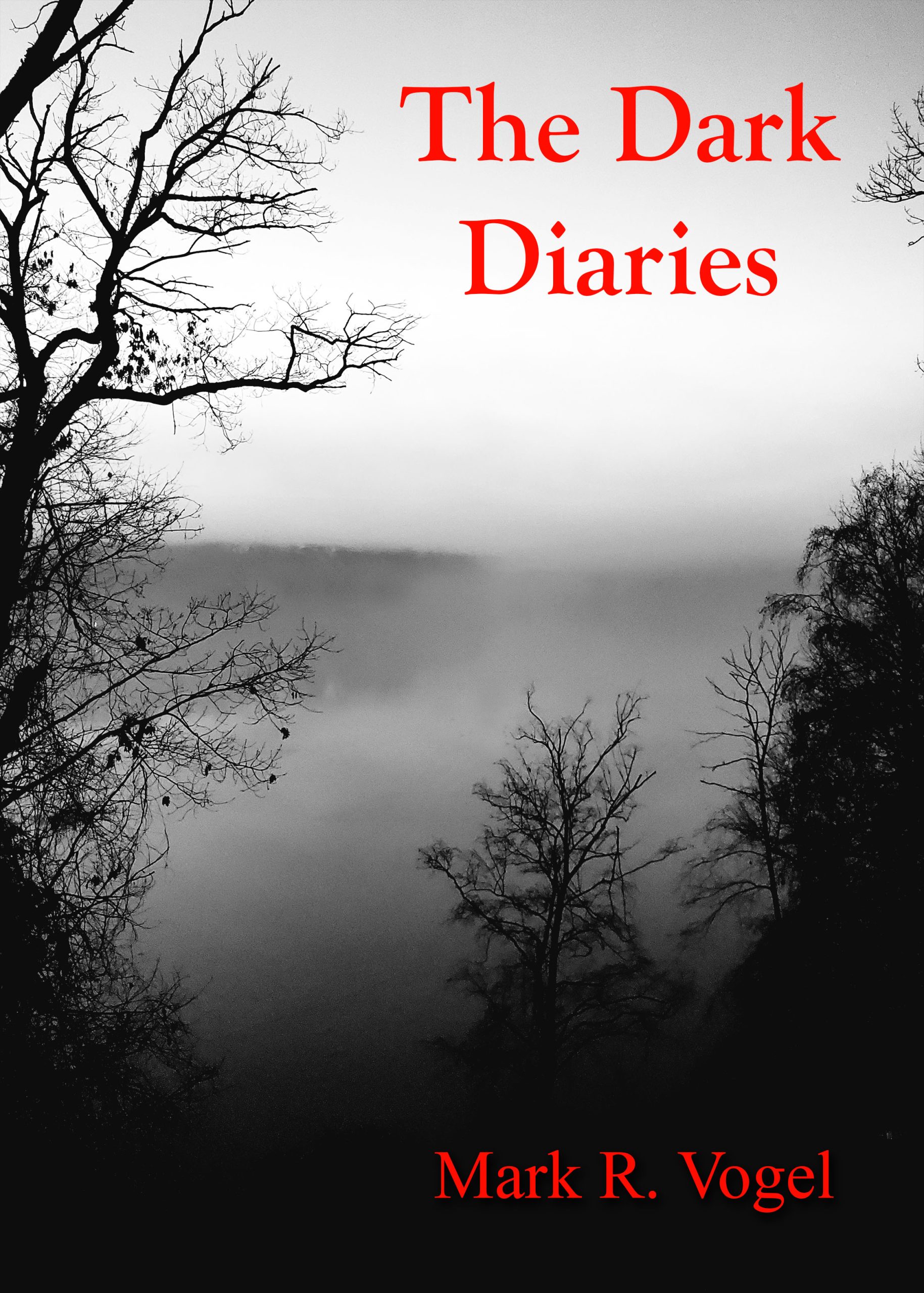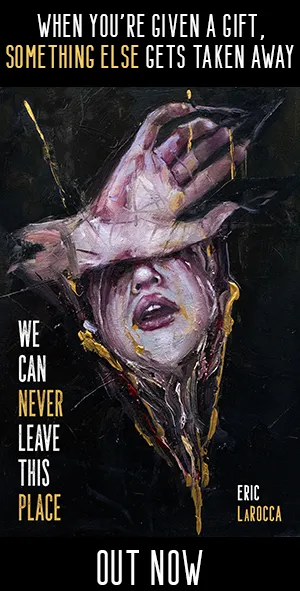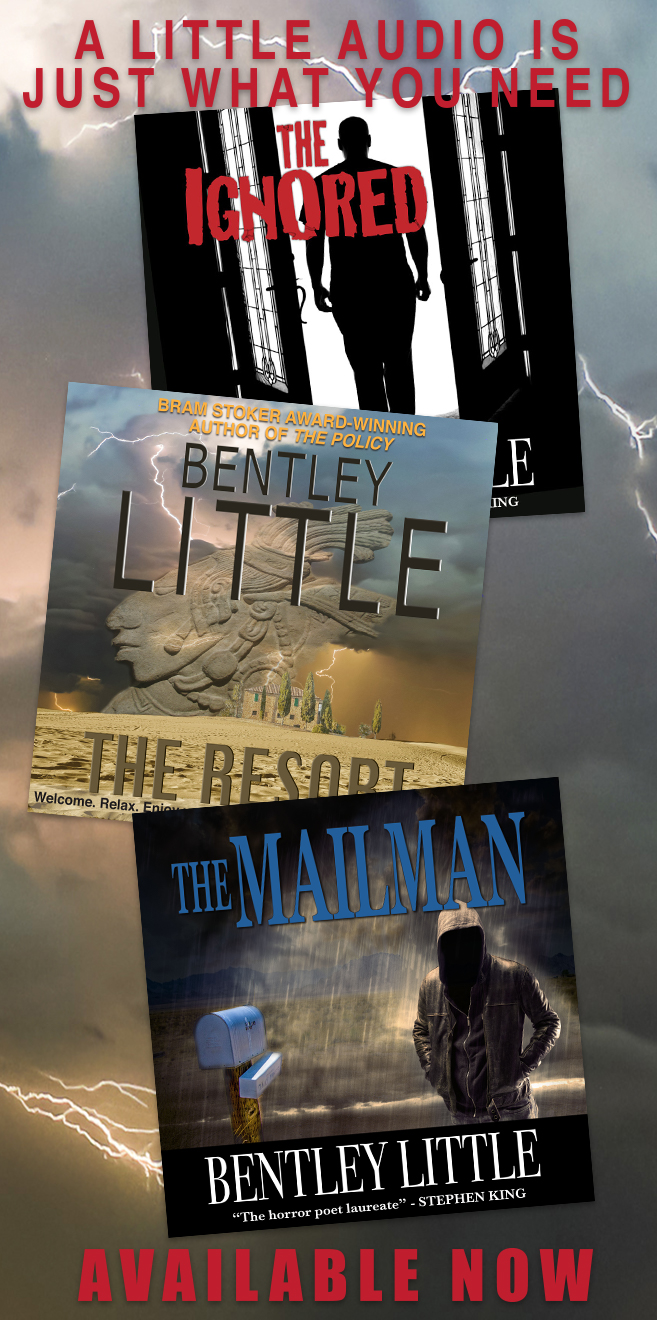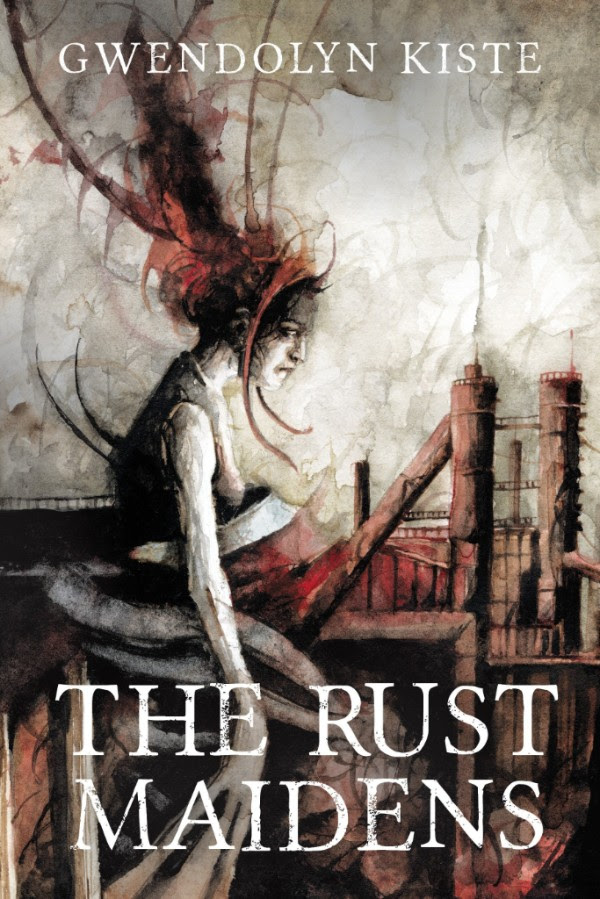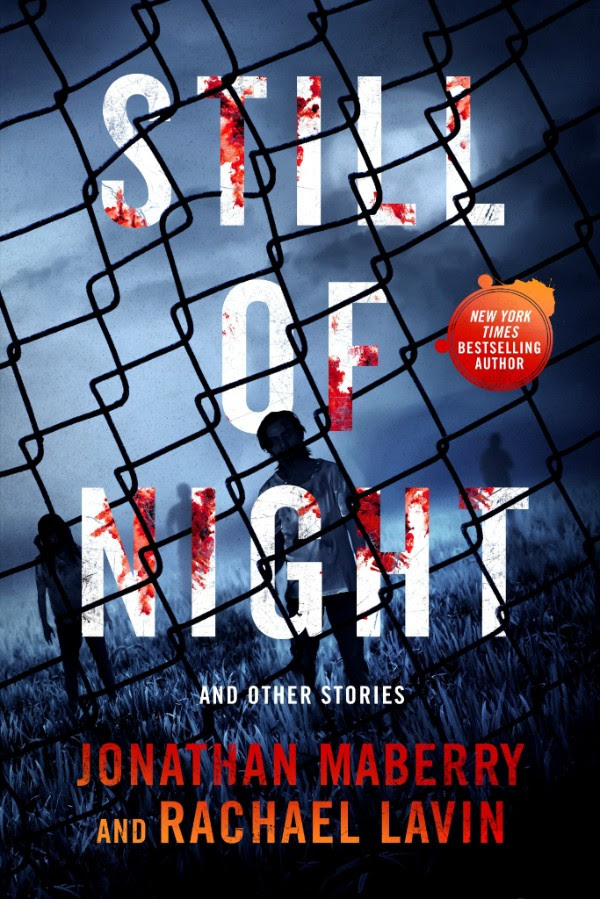
An author’s path to getting a horror or weird fiction collection published typically involves years of toiling in the small press field and perhaps beyond, building publishing credits, and then compiling a collection of mostly reprints with a few originals sprinkled in. Jason Wyckoff took an entirely different route. His book Black Horse and Others, published by Tartarus Press, is a rare bird indeed — a collection of all never-before-published stories by an author making his first foray into print. Tartarus Press has obviously chosen to take a chance with this new author…and I have to say that it was a well-placed bet.
Black Horse is no one-trick pony, as Wyckoff utilizes a variety of settings and styles throughout the sixteen stories collected here, with most succeeding — although I didn’t particularly care for the handful of tales that were whimsical. An example of a tale that works well is “Panorama,” wherein agent Vincent goes searching for his missing client, the painter Geoff Schloesser. Arriving at the artist’s country retreat, he finds a stunning panorama painted on the interior of Schloesser’s large circular studio. As Vincent examines the work in increasingly greater detail, he finds that the artist has captured more than just likenesses in his work, and the phrase “getting lost” in a painting takes on an all-too-literal meaning.
“Intermediary” features a refreshingly different setting, as two highly-stressed archeologists, attempting to sneak a prized skeleton out of Ecuador, are surprised and angered when a local intrudes upon their campsite, displaying uncanny knowledge of who they are and what they’re doing, and ultimately setting the two against one other. An eccentric loner is somewhat mystified to find that he has been willed by his Uncle the eponymous equine in “Black Horse.” He ultimately finds that the horse is a very special one indeed, and that there’s a hidden world out there in the darkness that he’s never realized.
“Raise up the Serpent” focuses on Kentucky social worker, Bradley Thurman, who has been chartered with assisting a teen-aged boy whose family were members of a snake-handling religious sect that was the target of a violent attack by outsiders who opposed their practices. Thurman himself holds a dim view of the serpent worshippers, but once he meets the boy, his outlook is is enlightened, in a manner of speaking.
An elementary-school teacher gets an unexpected call, informing her of her mother’s death in “A Willow Cat in Meadowlark.” It’s unexpected because her mother is long dead already. The call turns out to be a case of mistaken identity, but the teacher finds herself nonetheless strangely drawn to view the dead woman’s body and dig into her history. Phantom visions and voices ensue, but the ending here is a happy one. A recently-deceased corpse is also at the heart of “Hair and Nails,” as a young man engineers the use of his great-grandfather’s body in a occult ritual, the outcome of which is not exactly what the practitioners hoped for.
As its title implies, “Knott’s Letter” is narrated via a letter — specifically a copy of a message found on a laptop, informing two grieving parents of the true story behind their son’s disappearance during a search for evidence of Sasquatch. Effectively utilizing an email as the equivalent of “found footage,” this is a gripping, chilling tale.
Other stories, such as “The Night of His Sister’s Engagement,” “The Mauve Blot,” and “The Bells, Then the Birds” display numerous strong points but are flawed in small but conspicuous ways. And there are a small handful of what I’d call throwaway stories. But overall, Black Horse is a surprising and impossible-to-overlook debut, perhaps even a dark horse contender for best collection of the year.
- CROGIAN - August 17, 2013
- Dark Dreams, Pale Horses - November 25, 2012
- Black Horse and Other Strange Stories - August 13, 2012
- Sudden Death Overtime - August 13, 2012
- Pray to Stay Dead - August 13, 2012
- Acheron - August 13, 2012
- The Female of the Species - August 13, 2012
- Deadfall Hotel - April 17, 2012
- Terra Damnata - April 17, 2012
- Lest You Should Suffer Nightmares: A Biography of Herbert van Thal - November 9, 2011

